Jane Austen fans will descend on Hampshire in huge numbers in 2025 to celebrate the novelist's 250th anniversary, with hotel rooms already reported to be in short supply.
An exciting programme of events is planned across the county, and this week’s Peeps explores how Jane came to Chawton and the intriguing history of her cottage, now the Jane Austen House Museum.
By 1809, Jane Austen, then 33, had experienced significant upheaval. Following her father’s death in 1805, the family’s finances were strained and Jane, her sister Cassandra, and their mother depended on the support of Jane's brothers, particularly Edward Knight, who had inherited estates in Kent and Hampshire after being adopted by wealthy relatives.
After moving from Bath to Worthing and then Southampton, Edward offered the Austen women a stable home on his Chawton estate.
The eight-bedroom property in the heart of the village, now known as Jane Austen’s House, was considered spacious by most. However, to women of the Austens’ social class, it was viewed as ‘but a cottage’.
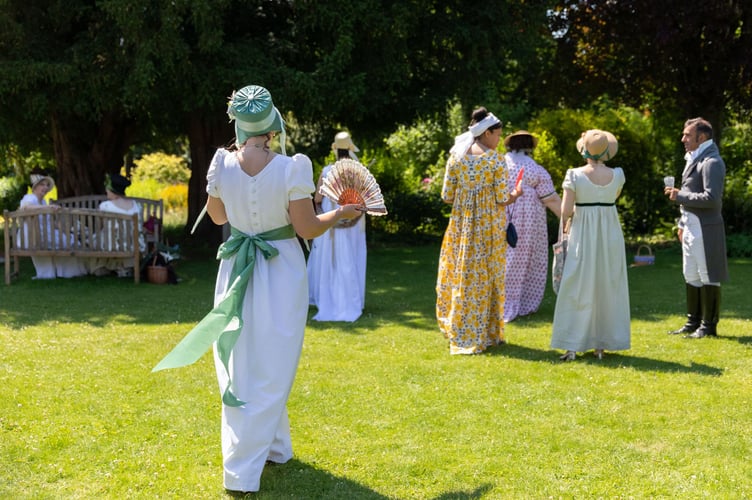
Despite this, it provided Jane with the stability needed to focus on her writing. Here, she revised Sense and Sensibility, Pride and Prejudice, and Northanger Abbey for publication and wrote Mansfield Park, Emma, and Persuasion.
Before Jane’s arrival, the house had a much less refined history. Built around 1700 as a farmhouse, it had been converted into a private residence only recently. During its transition, it briefly served as an alehouse, known as the ‘New’ or ‘Late’ Inn.
Positioned on the main London-to-Gosport road, opposite a toll gate by Chawton Pond, the inn was ideally located for travelers but attracted a raucous clientele. Local records suggest the establishment was lively, with tales of drunken brawls and even two rumored murders.
The village ultimately deemed the inn more trouble than it was worth, and it was closed after about 18 years. From 1787, it was occupied by Bridger Seward, the steward of the manor, until his death in 1808, shortly before Jane’s family moved in.
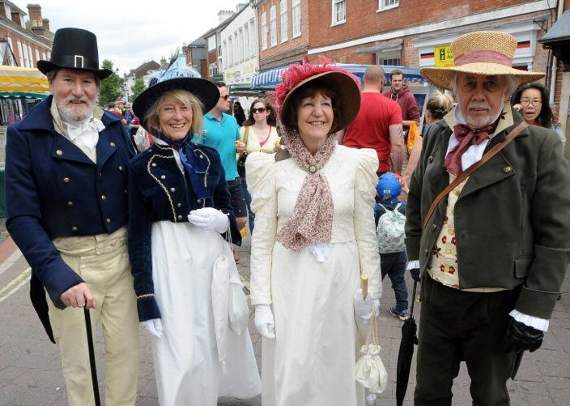
The heavy traffic through the village persisted during Jane’s time there. Soon after moving in, the Austens endured the indignity of a passing gentleman peering through their window, observing them ‘looking comfortable at breakfast’.
Jane’s niece, Caroline Austen, later remarked that the house’s proximity to the road was an ‘evil’ the family had to tolerate, though the sight of Collyer’s daily coach with six horses offered some consolation.
Despite its turbulent past, the house became a sanctuary for Jane. The peaceful surroundings and family support allowed her creativity to flourish.
The Austens transformed the house into a welcoming home, and Jane found inspiration in the nearby countryside and the gardens of the ‘Great House’ owned by her brother. Her observations of village life and social interactions undoubtedly influenced her sharply drawn characters and witty commentary on class and society.
After Jane’s death in 1817 at just 41, her mother’s death in 1827, and Cassandra’s in 1845, the house remained in private hands and was eventually subdivided into apartments for laborers. By the early 20th century, it had become a workmen’s club - a use the Austens likely would have found unthinkable.
In 1871, an inscribed oak tablet was placed on the cottage to commemorate the centenary of Jane’s death. However, the building continued to deteriorate until 1949, when Thomas Edward Carpenter, a local landowner and Justice of the Peace, gifted it to the Jane Austen Society - founded a decade earlier by Dorothy Darnell.
Carpenter’s donation was made in memory of his son, Lieutenant Philip John Carpenter, who was killed in 1944 while serving with the East Surrey Regiment in Italy during the Second World War.
The restoration of Jane Austen’s House into the internationally renowned museum we know today stands as Philip Carpenter’s enduring legacy, offering visitors a glimpse into the world of one of England’s most beloved authors.
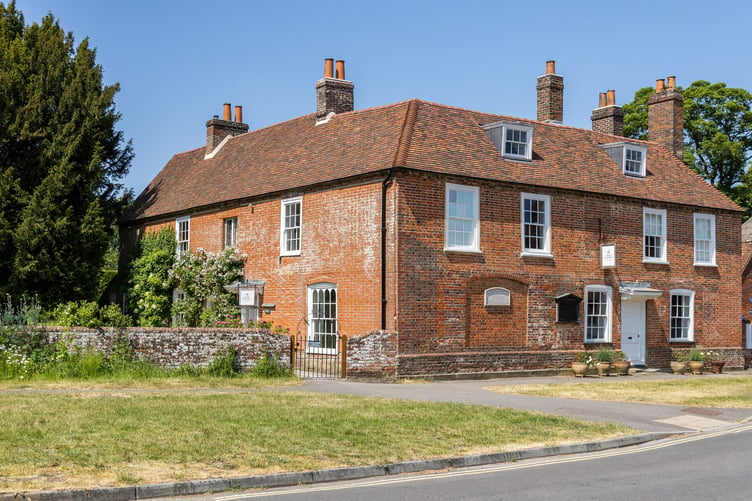

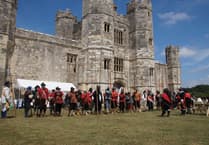

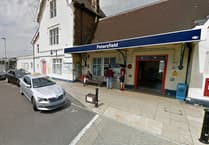
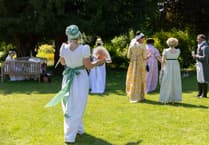
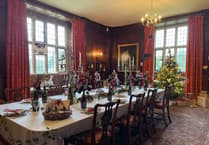
Comments
This article has no comments yet. Be the first to leave a comment.